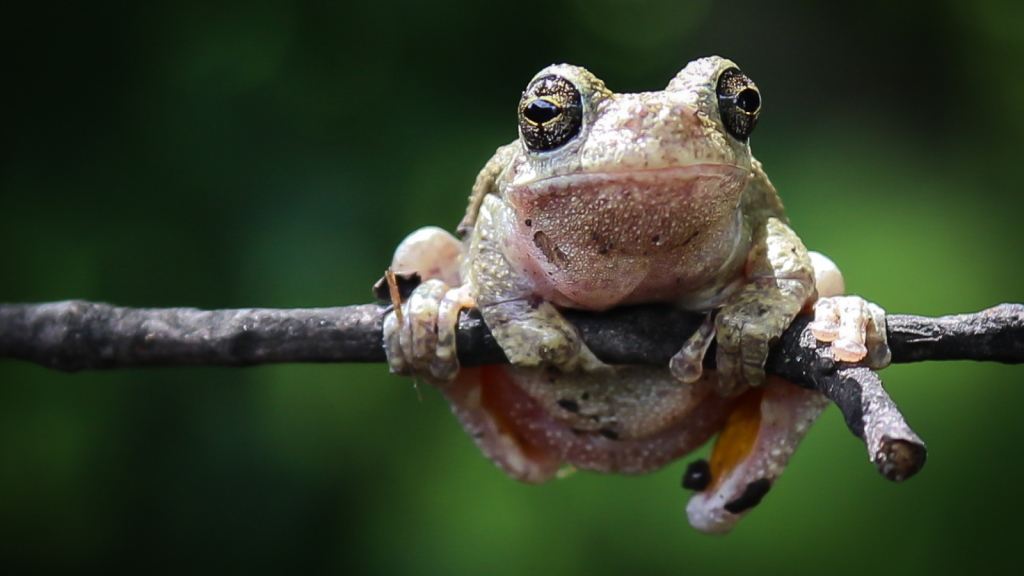Nature never ceases to amaze us with its incredible adaptations. While most animals would perish in freezing conditions, a select few have developed the extraordinary ability to survive being frozen solid. These creatures can endure extreme cold, with their bodies entering a state of suspended animation. When conditions improve, they simply thaw out and carry on as if nothing happened. This remarkable feat of survival pushes the boundaries of what we thought possible in the animal kingdom. From tiny insects to sizable reptiles, these cold-hardy animals demonstrate nature’s ingenious solutions to life in harsh environments.
Wood Frog
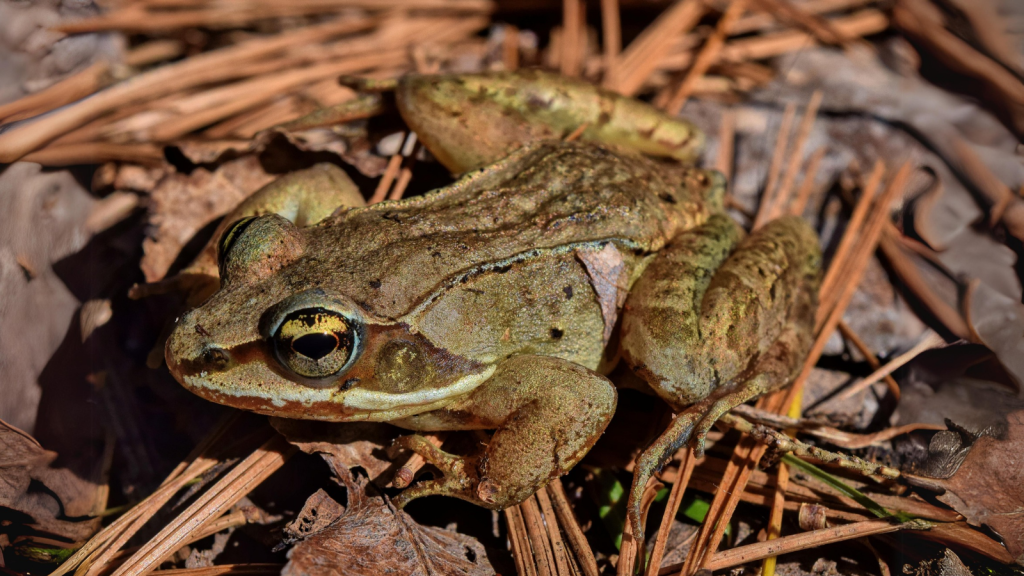
The wood frog is a master of cold survival. It can freeze solid for weeks at a time, with no heartbeat or blood flow. When spring arrives, it thaws out and hops away. This frog produces a special antifreeze substance in its blood to protect its vital organs during freezing. Remarkably, up to 65% of the water in a wood frog’s body can turn to ice without causing permanent damage.
Arctic Woolly Bear Caterpillar
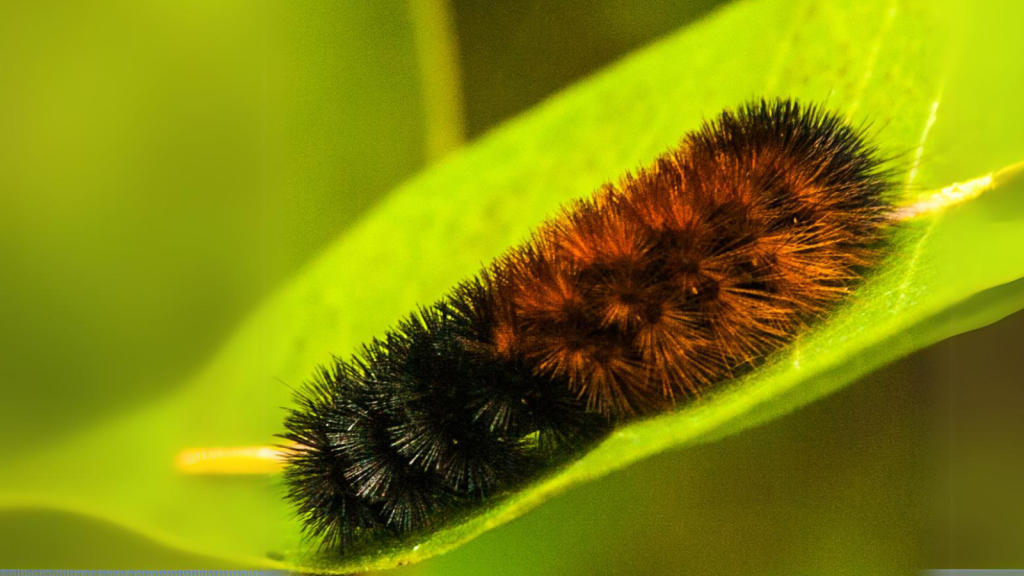
This fuzzy caterpillar can survive arctic winters by freezing solid for months on end. It can endure temperatures as low as -60°C. The caterpillar takes 14 years to complete its life cycle, freezing and thawing each year until it finally becomes a moth. During its frozen state, the caterpillar’s heart stops beating and it ceases all visible signs of life.
Painted Turtle Hatchlings
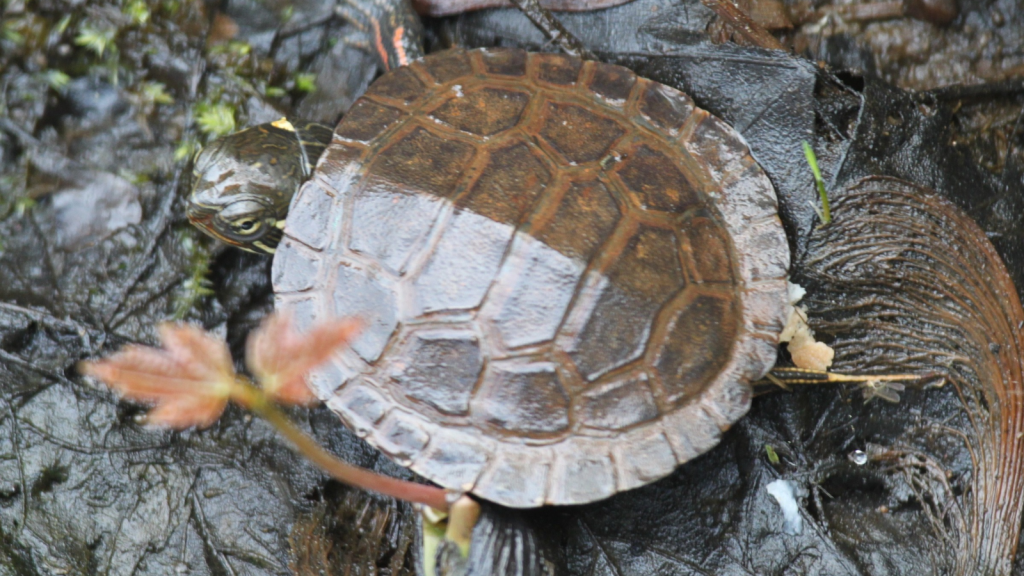
Baby painted turtles hatch in late summer but remain in their underground nests until spring. They survive winter by allowing their bodies to freeze. These tiny turtles can endure temperatures as low as -12°C, thanks to special proteins in their blood that prevent ice crystals from damaging their cells. Their incredible freeze tolerance allows them to survive even when over 50% of their body water turns to ice.
Upis Beetle
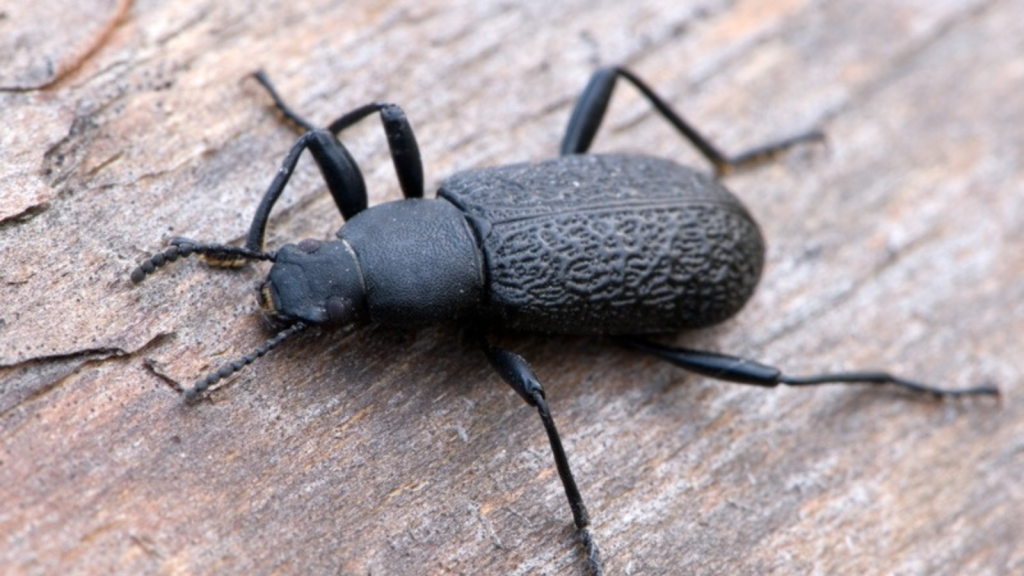
Also known as the freezer beetle, this insect can survive being frozen at -60°C. It produces a substance similar to antifreeze that prevents its cells from rupturing when frozen. These beetles are found in Alaska and Siberia, where their remarkable ability is put to the test each winter. The Upis beetle can remain frozen for months at a time without suffering any apparent ill effects.
Spring Peeper Frog
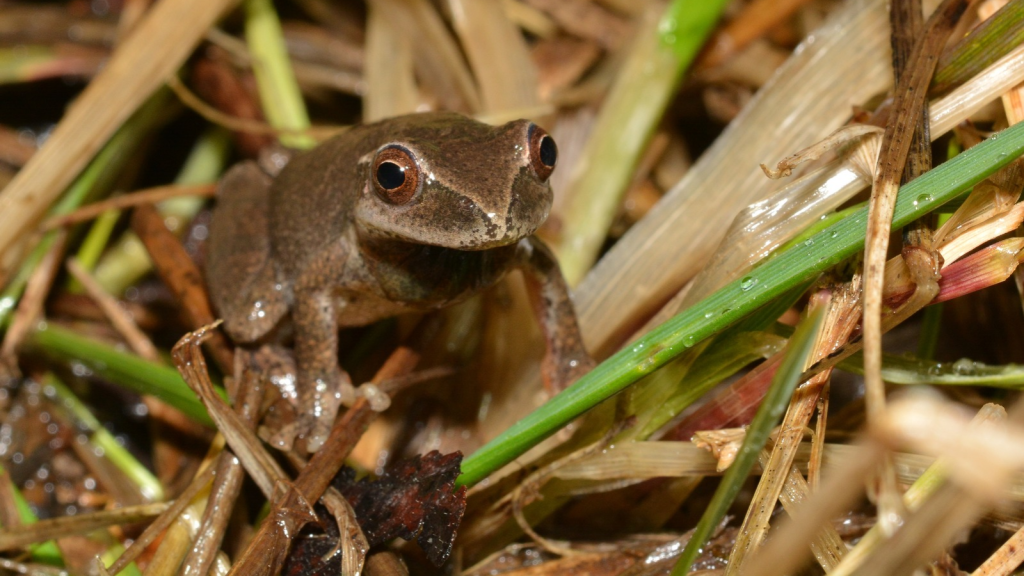
This small frog can survive having 65% of its body water turned to ice. It stops breathing and its heart stops beating when frozen. The spring peeper produces glucose as a natural antifreeze to protect its organs during freezing. When temperatures rise, the frog’s heart resumes beating within an hour, and it can fully recover within 24 hours.
Alaska Darkling Beetle
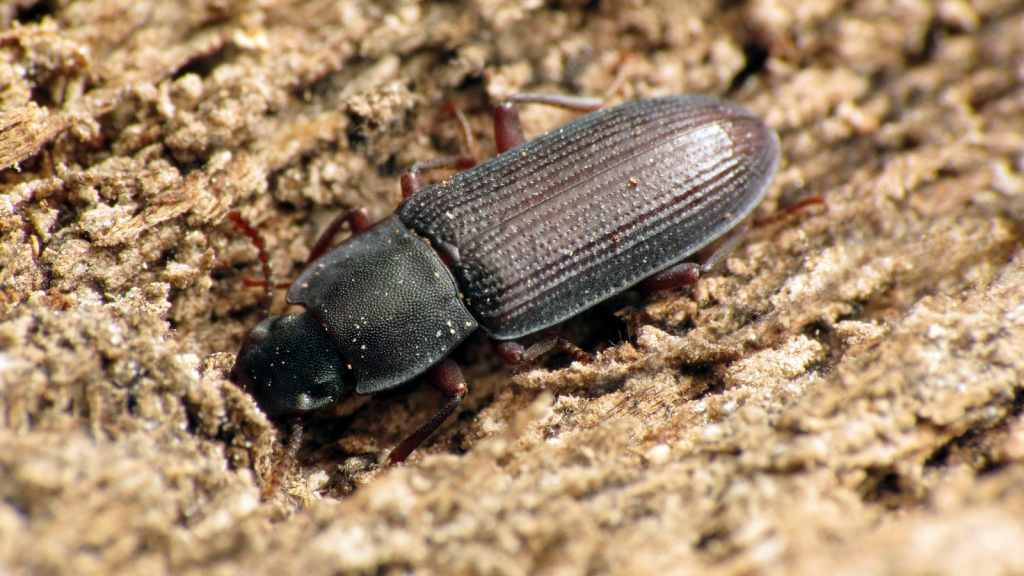
This beetle can survive temperatures as low as -70°C. It does this by removing all water from its body and replacing it with a sugar called trehalose. This sugar acts as an antifreeze, preventing damaging ice crystals from forming in the beetle’s cells. The Alaska darkling beetle can remain in this dehydrated, frozen state for several months each year.
Gray Tree Frog

The gray tree frog can survive freezing temperatures by converting its liver glycogen into glucose. This glucose acts as an antifreeze, protecting the frog’s vital organs. When frozen, up to 70% of the water in its body turns to ice, yet it can still survive. The gray tree frog can endure multiple freeze-thaw cycles within a single winter without harm.
Tardigrade
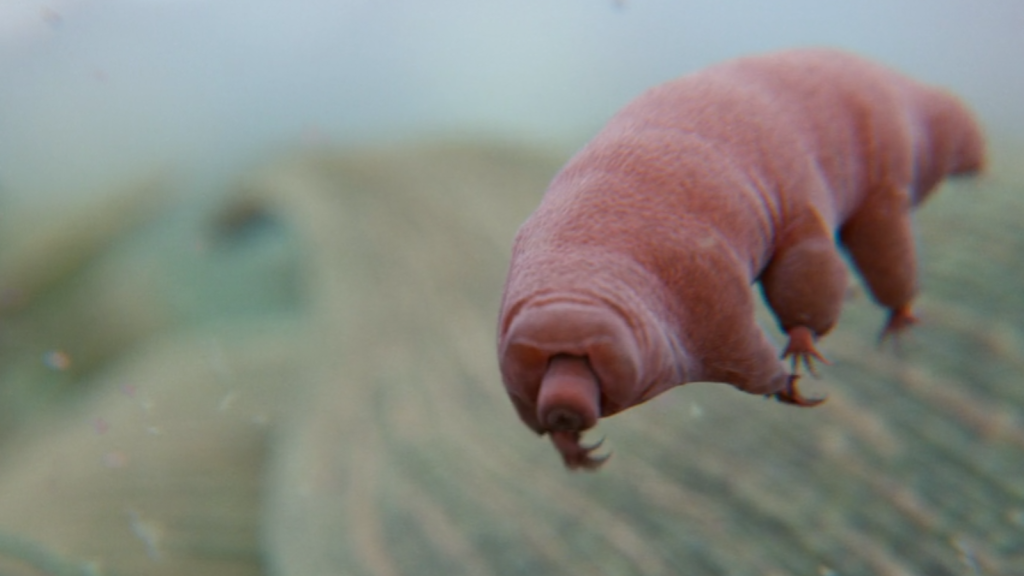
Also known as water bears, tardigrades are microscopic animals that can survive extreme conditions. They can withstand being frozen to -272°C, just one degree above absolute zero. Tardigrades achieve this by entering a state called cryptobiosis, where they expel almost all water from their bodies and produce special proteins to protect their cells. In this state, tardigrades can survive for decades, essentially suspended in time until conditions improve.
Arctic Ground Squirrel
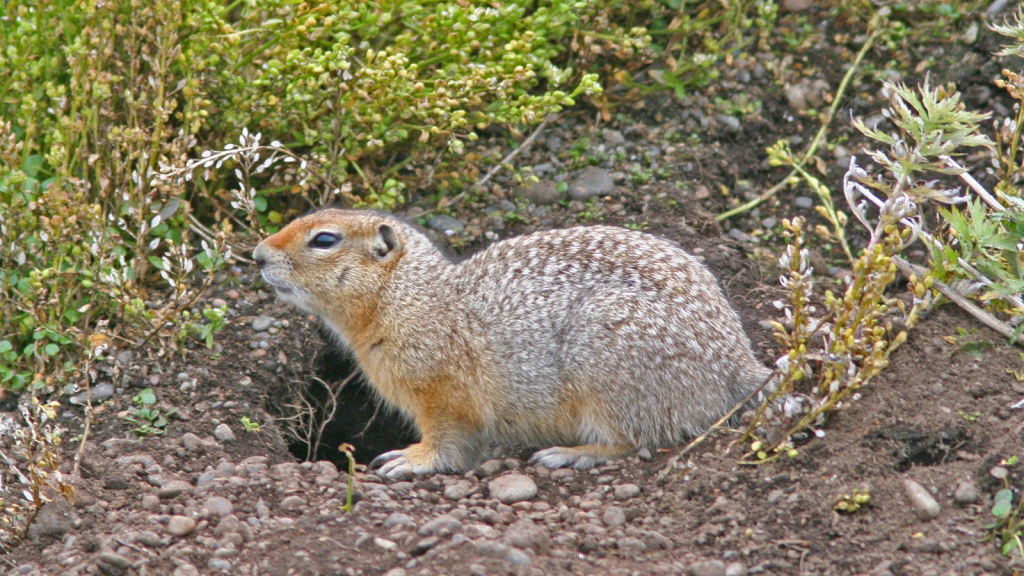
While not freezing completely solid, these squirrels can lower their body temperature to below freezing during hibernation. Their blood continues to flow, supercooled and protected by antifreeze proteins. They can survive in this state for up to eight months of the year. Arctic ground squirrels have the lowest recorded body temperature of any mammal, reaching as low as -2.9°C during hibernation.
Eastern Box Turtle
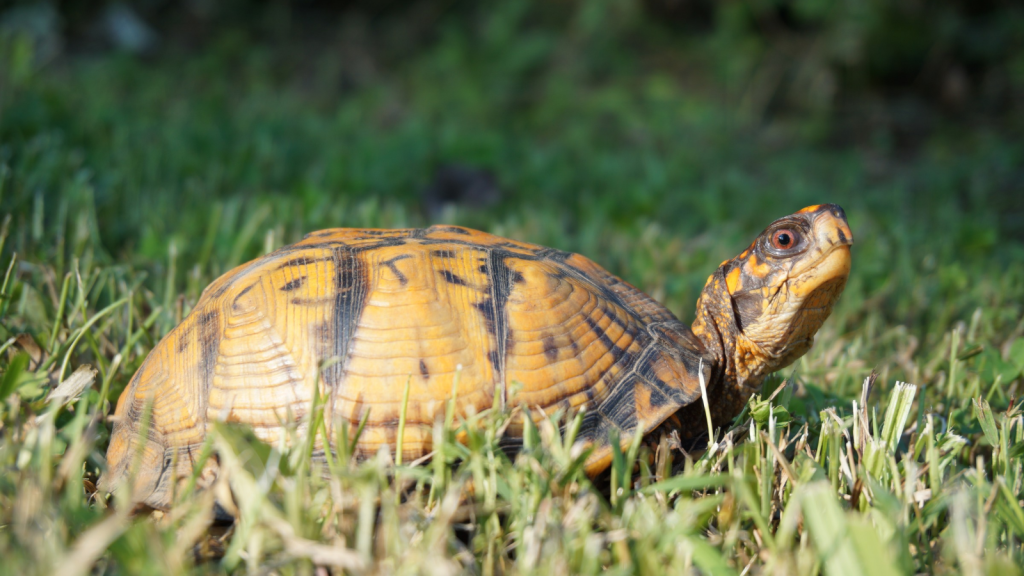
These turtles can survive having their body fluids freeze. They accomplish this by producing glucose in large quantities, which acts as an antifreeze. Eastern box turtles can survive several days with their body temperatures hovering around -6°C. Their ability to withstand freezing allows them to hibernate in shallow burrows just below the frost line, where temperatures can fluctuate dramatically.
Emerald Ash Borer
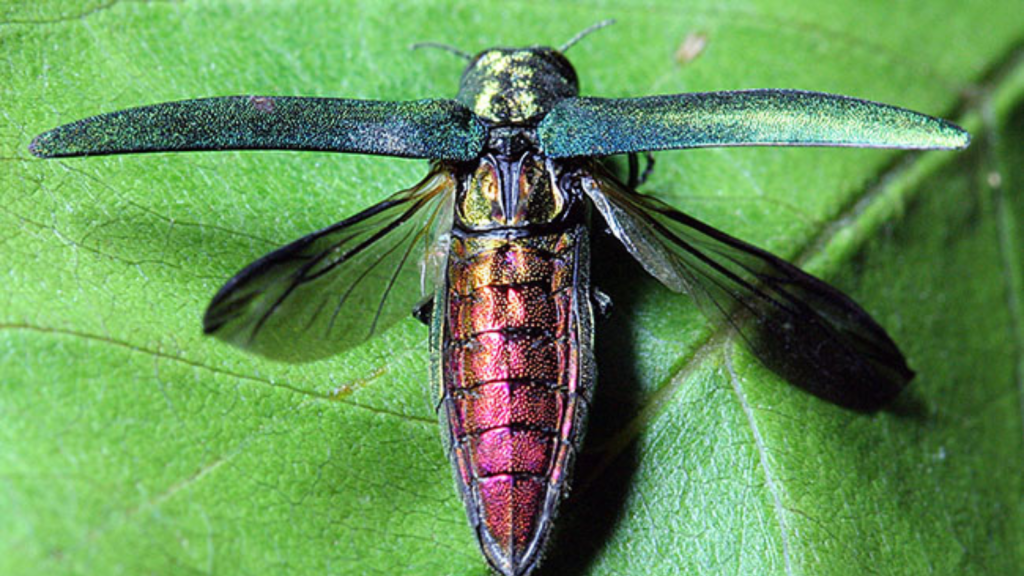
This invasive beetle can survive temperatures as low as -30°C. It produces antifreeze proteins that prevent the formation of ice crystals in its body. The emerald ash borer’s cold tolerance has unfortunately contributed to its successful invasion of North American forests. This beetle can survive in a supercooled state, where its body fluids remain liquid below their normal freezing point.
Chorus Frog
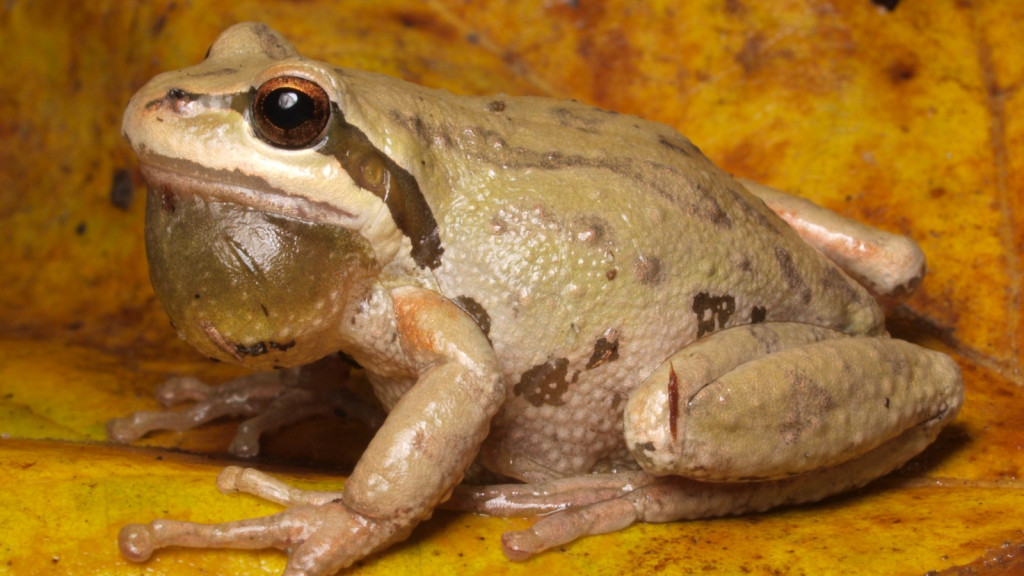
Chorus frogs can survive having 65-70% of their body water freeze. They produce glucose and urea as cryoprotectants to prevent cell damage during freezing. These frogs can survive in a frozen state for several weeks, thawing out when temperatures rise. Interestingly, chorus frogs can continue to produce cryoprotectants even after they’ve begun to freeze, improving their chances of survival.
Rana Sylvatica
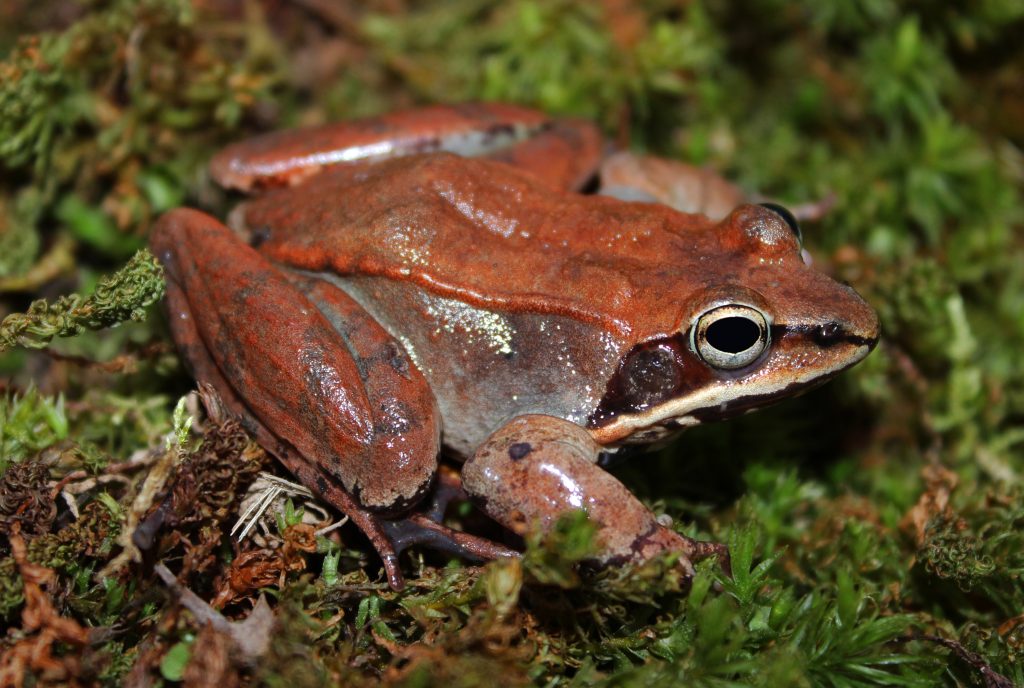
Also known as the wood frog, Rana sylvatica can survive being frozen for up to seven months. It accumulates urea in its tissues and produces glucose in large quantities when freezing begins. These substances act as cryoprotectants, preventing fatal ice crystal formation in the frog’s cells. Wood frogs can freeze and thaw multiple times during a single winter, each time returning to normal activity within hours of thawing.
Arctic Grayling
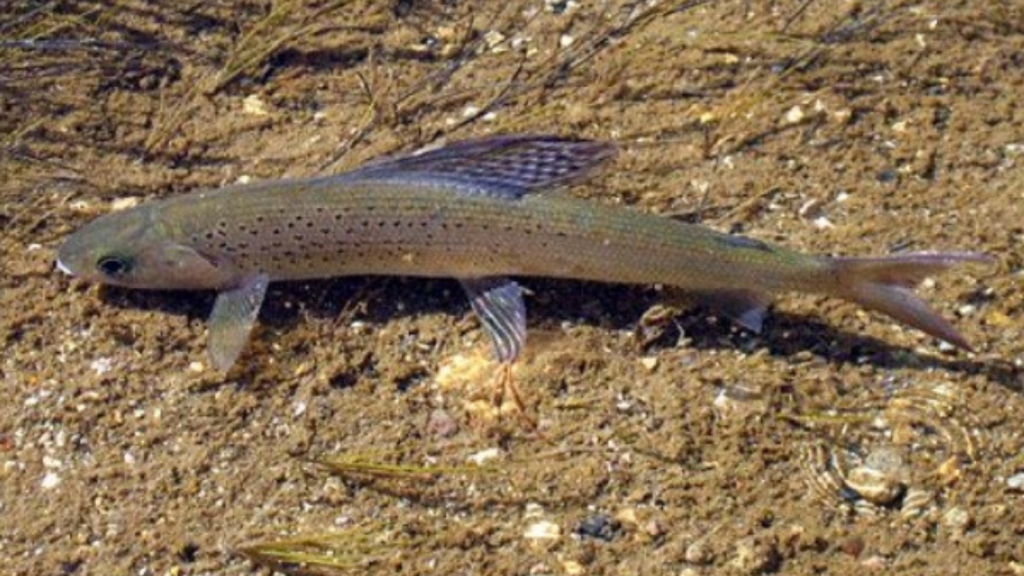
While not freezing completely solid, this fish can survive in ice-covered streams where temperatures drop below freezing. It produces antifreeze proteins that prevent ice crystals from forming in its bloodstream. Arctic grayling can remain active under the ice all winter long. These fish have adapted to conserve energy during the long arctic winters, slowing their metabolism and feeding less frequently.
Alligators in North Carolina

In an unusual display of cold tolerance, alligators in North Carolina have been observed surviving freezing conditions. They allow the water around them to freeze, keeping their snouts above the ice to continue breathing. While not technically freezing solid, this behavior demonstrates remarkable adaptation to cold environments. This process, known as “brumation,” allows the alligators to slow their metabolism and survive on stored energy until temperatures rise again.

